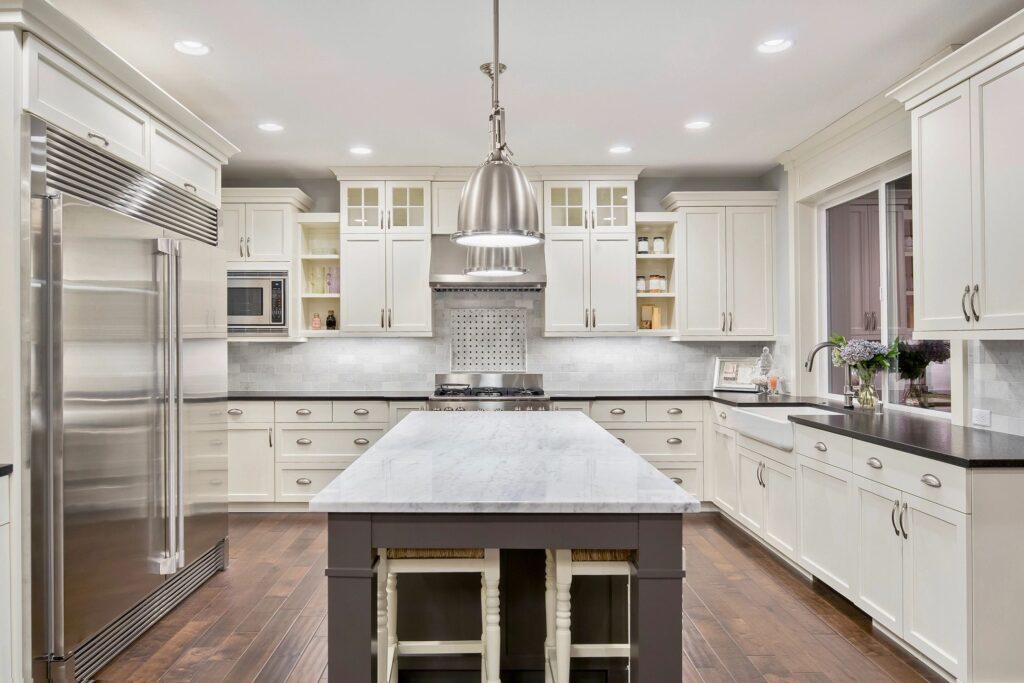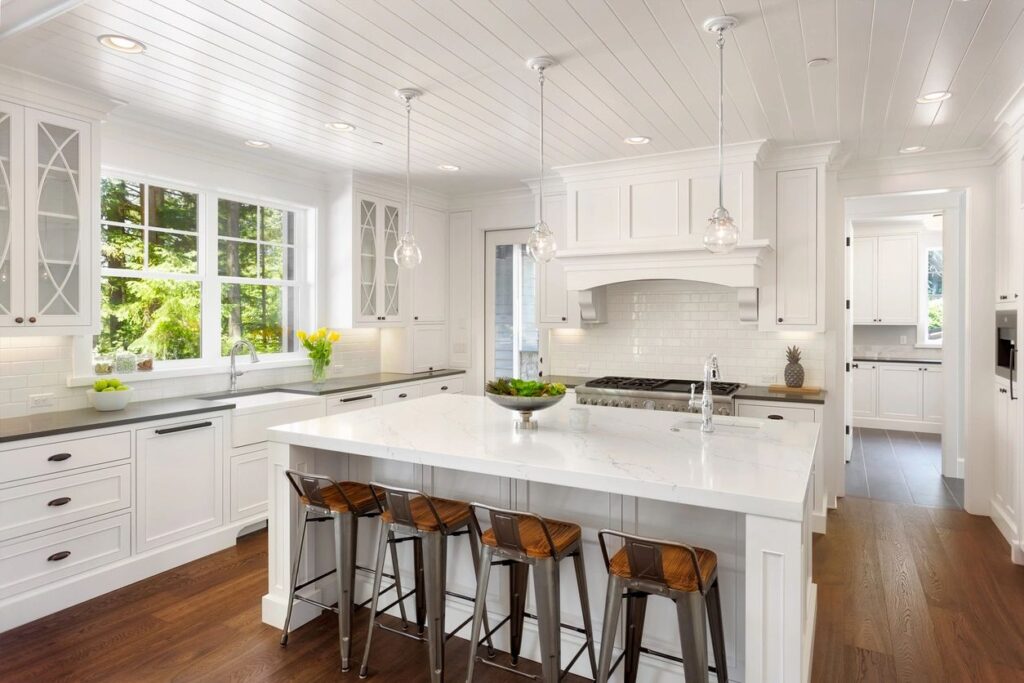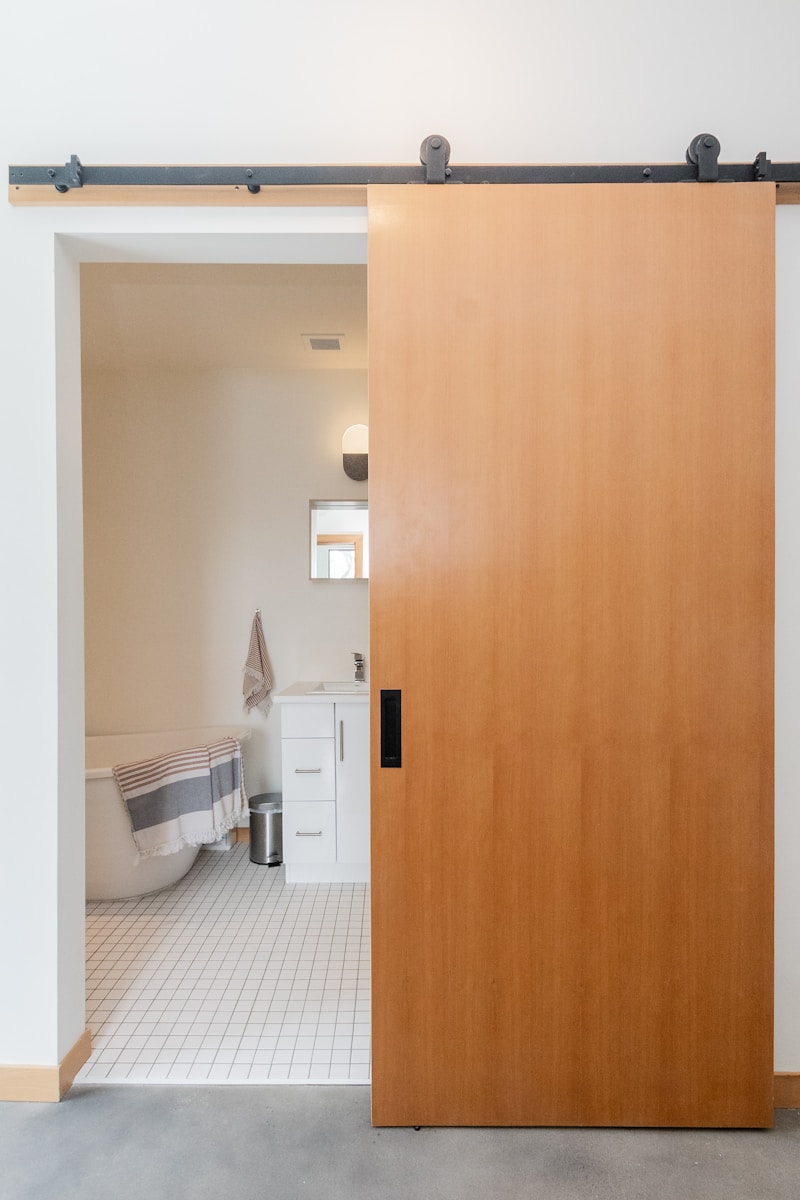The kitchen is the heart of the home. It’s where we cook, eat, and entertain. So it’s no surprise that many people want to know how to become a kitchen designer.
If you’re interested in pursuing a career in kitchen design, there are a few things you should know. We have teamed up with experts from job aggregator Jooble to help you know what it takes to become a kitchen designer in today’s world.

Most kitchen designers have a college degree in interior design or a related field. In addition, many kitchen designers complete an internship or apprenticeship before beginning their careers. It’s important to have a strong interest in design and an eye for detail. You should also be good at problem solving, as many kitchens can be challenging to design. A good kitchen designer has a sense of spatial awareness and design. Also, you need to be able to visualize how the different elements of a kitchen will look and work together. Moreover, you need to be able to understand and interpret complex technical specifications, as well as have a strong knowledge of all the different materials and finishes that are available.
Fortunately, there are many ways to learn about kitchen design. There are online courses, community colleges, and even specialized kitchen design schools. The best way to learn, however, is by doing. So if you have the opportunity to work in a kitchen design studio or with a kitchen designer, take it!
How to start a career as a kitchen designer?
Becoming a kitchen designer can be a rewarding career. It’s a chance to use your creativity to make people’s homes more beautiful and functional. And it’s also a great way to learn about different styles of kitchens and how to work with different materials. So if you’re ready to start designing, here are a few tips to get you started.
- Start by studying the basics of kitchen design. There are many books and online resources that can teach you the basics of kitchen layout, cabinetry, and appliances.
- Once you have a good understanding of the basics, start experimenting with different design ideas. Use online tools or sketching to create different kitchen layouts. Then, try out your designs by creating mockups or prototypes.
- When you’re ready to start working with clients, make sure you have a strong portfolio. This will showcase your skills and help you land clients.
- Have a strong understanding of ergonomics. A good kitchen designer understands how people use kitchens and creates designs that are both practical and comfortable to work in.
- Be patient and professional. Kitchen design can be a challenging field, but if you have the patience and professionalism to handle it, you’ll be successful.
- Finally, always be learning. Keep up with trends in kitchen design, and make sure you’re using the latest software and technologies. That way, you can always offer your clients the best possible service.
However, there are also some pitfalls to watch out for. It can be easy to get carried away with your own designs, and forget that the kitchen needs to be practical as well as beautiful. It’s also important to stay up-to-date with the latest trends, as clients will often expect their kitchen designer to provide innovative ideas.

Common Pitfalls You Need to Watch Out For
- It’s important to remember that the kitchen is a practical space, and not just a showpiece.
- It’s important to stay up-to-date with the latest trends, as clients will often expect their kitchen designer to provide innovative ideas.
- It’s vital to have good organizational skills, as there can often be a lot of paperwork involved in designing a kitchen.
Here are a few of the latest trends in kitchen design that you should keep in mind when creating your own designs:
- Open kitchens continue to be popular, and they’re becoming even more open than ever before. Designers are now incorporating large islands and breakfast bars into their designs to create a truly open-concept kitchen.
- Minimalism is still trending in kitchen design, with clean lines and simple silhouettes being popular among homeowners.
- Natural materials are also popular among homeowners, with wood, stone, and marble being used extensively in modern kitchen designs.
- Matte black finishes are becoming increasingly popular, as they add a touch of sophistication and elegance to any kitchen.
- Industrial-inspired kitchens are still popular among homeowners who want a unique and stylish look for their kitchen. These kitchens often feature exposed brick walls, metal finishes, and vintage lighting fixtures.
Salary Expectations
A kitchen designer typically earns an annual salary of $50,000. However, with experience and a successful portfolio, one can expect to make upwards of $75,000. Salary expectations will vary depending on the size of the company, location, and other factors.
Salary expectations for a kitchen designer vary depending on the size of the company, experience, and other factors. With experience and a successful portfolio, one can expect to make upwards of $75,000 annually. However, those just starting out can typically expect to make around $50,000 per year.
Conclusion
Becoming a kitchen designer is not an easy task. It requires creativity, technical knowledge, and an understanding of the needs of customers. However, if you are willing to put in the hard work and dedication, you can make it happen.


